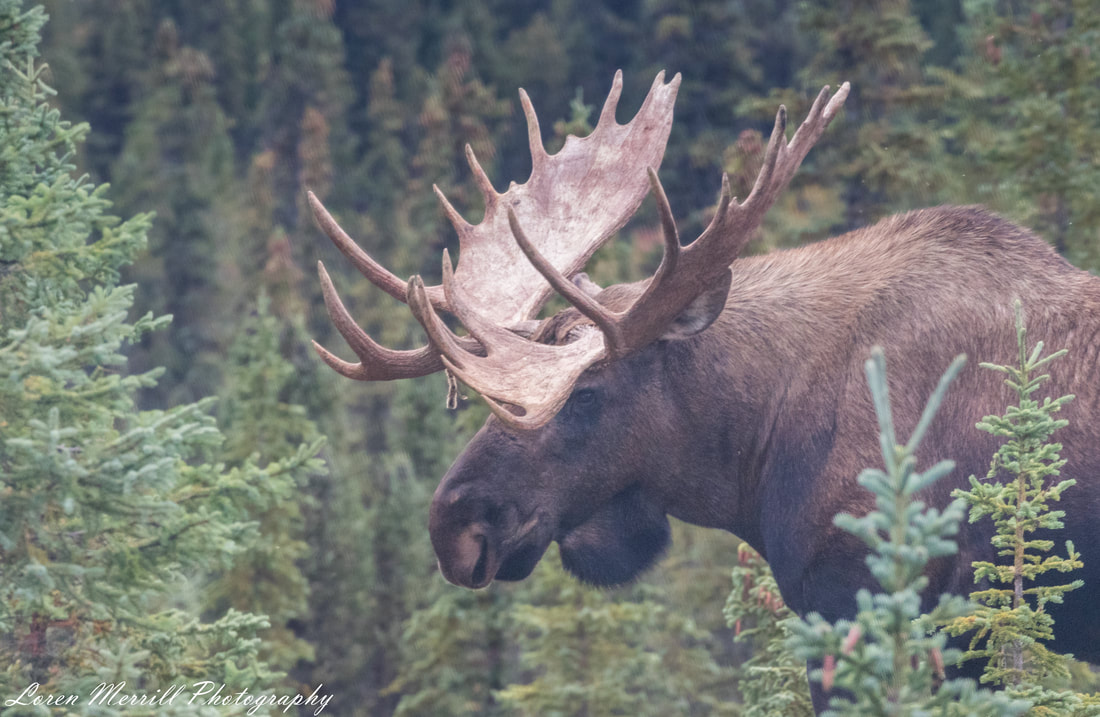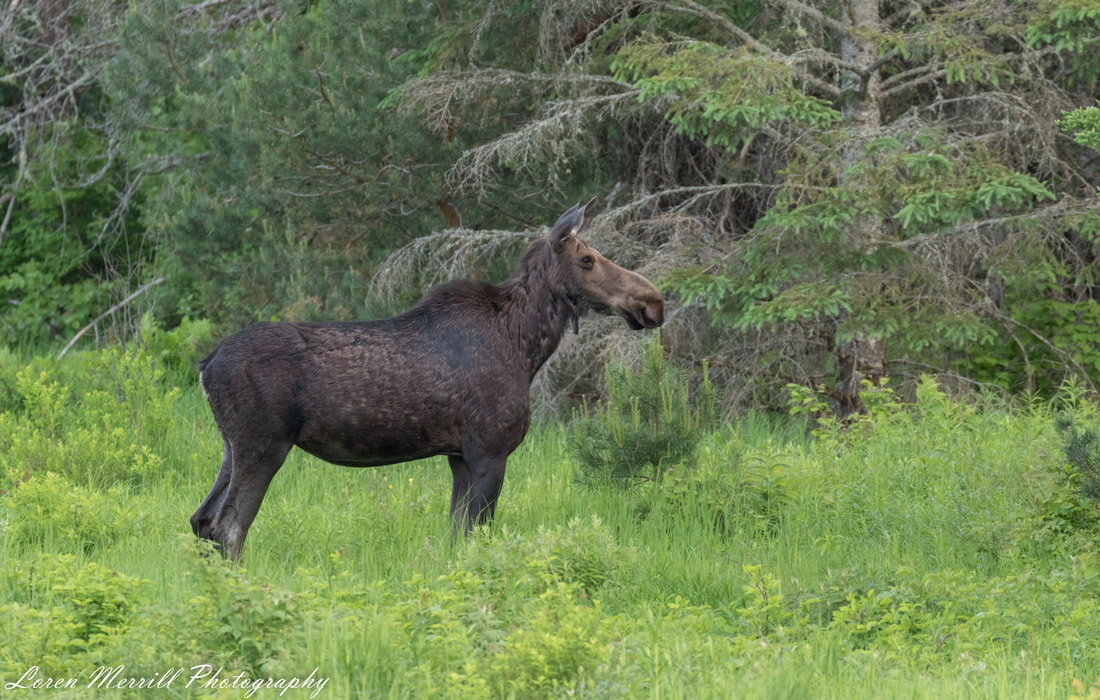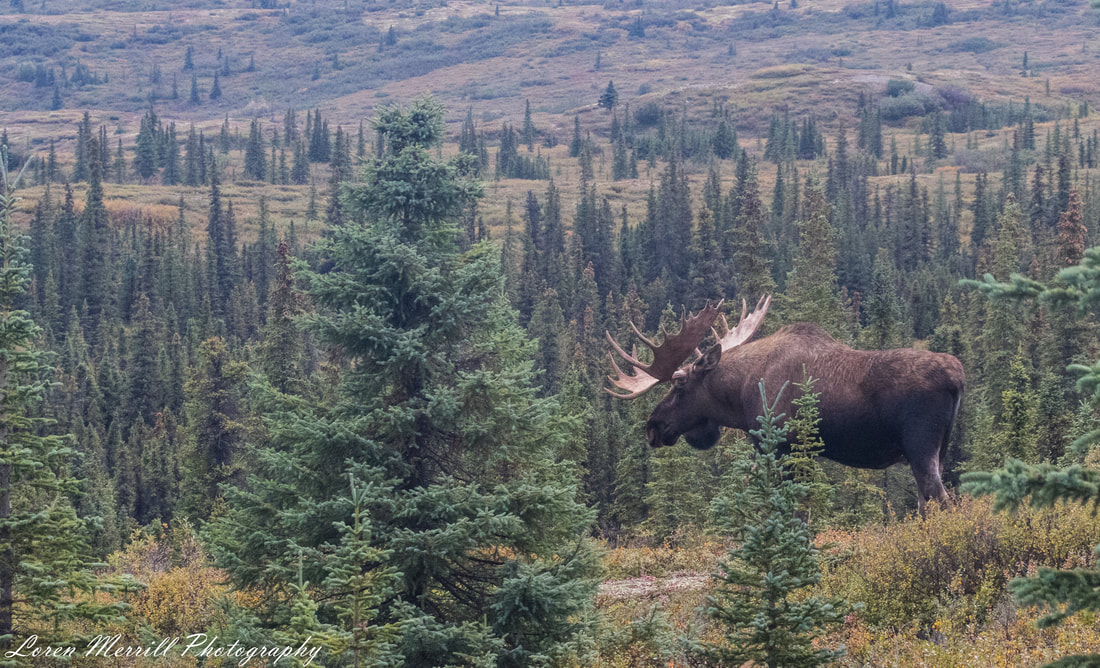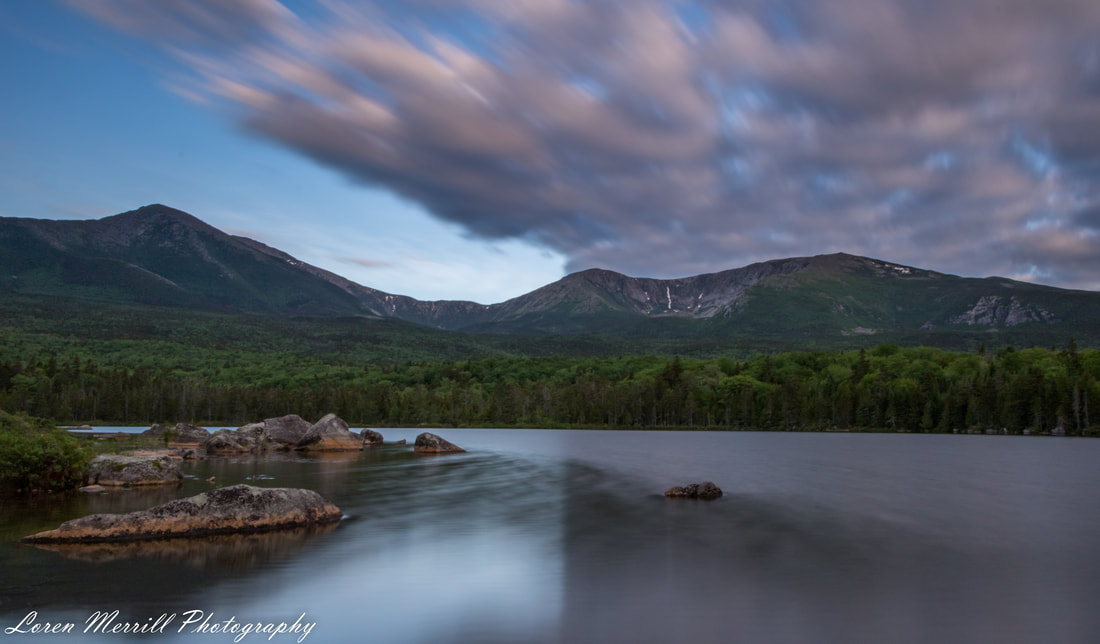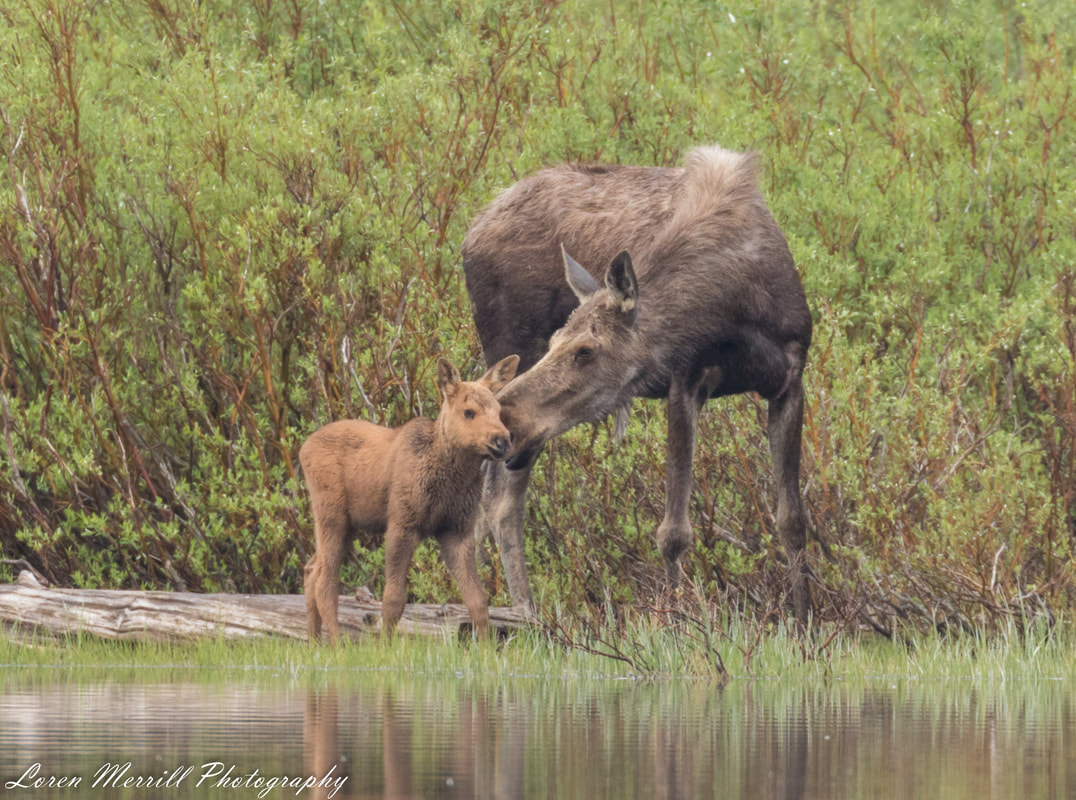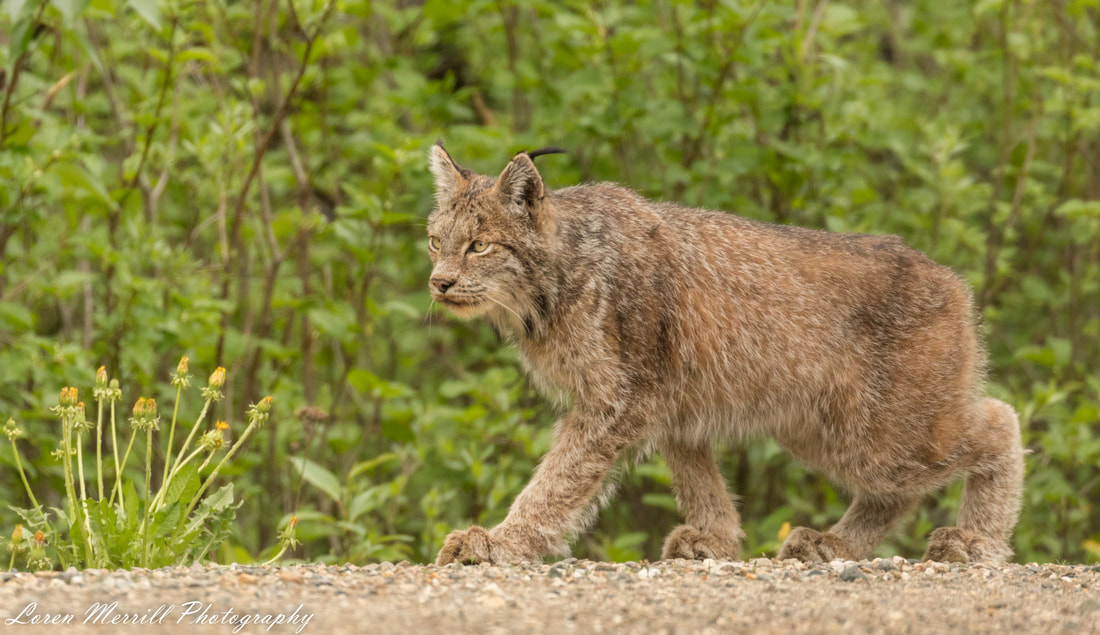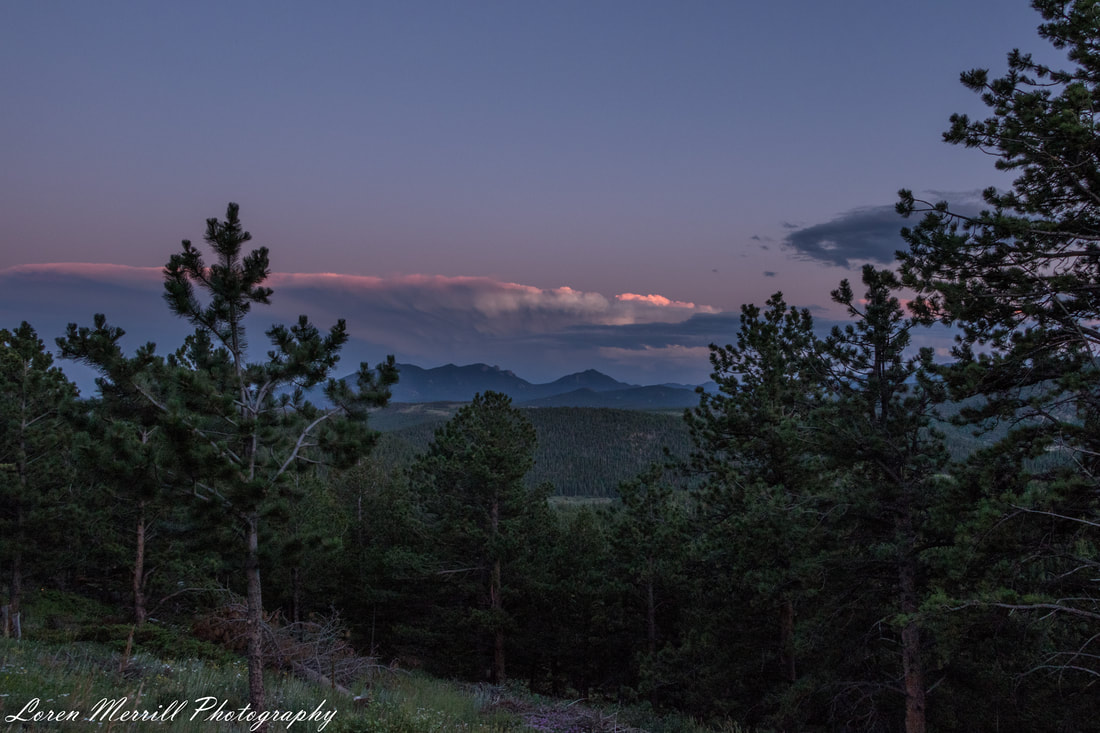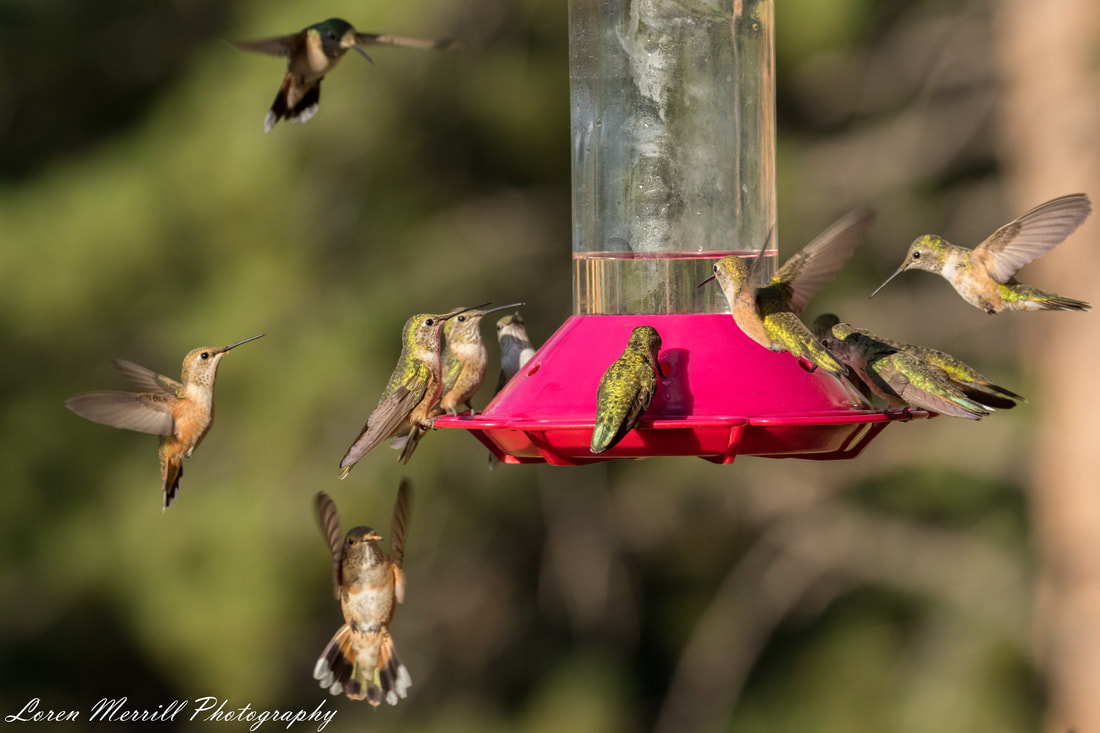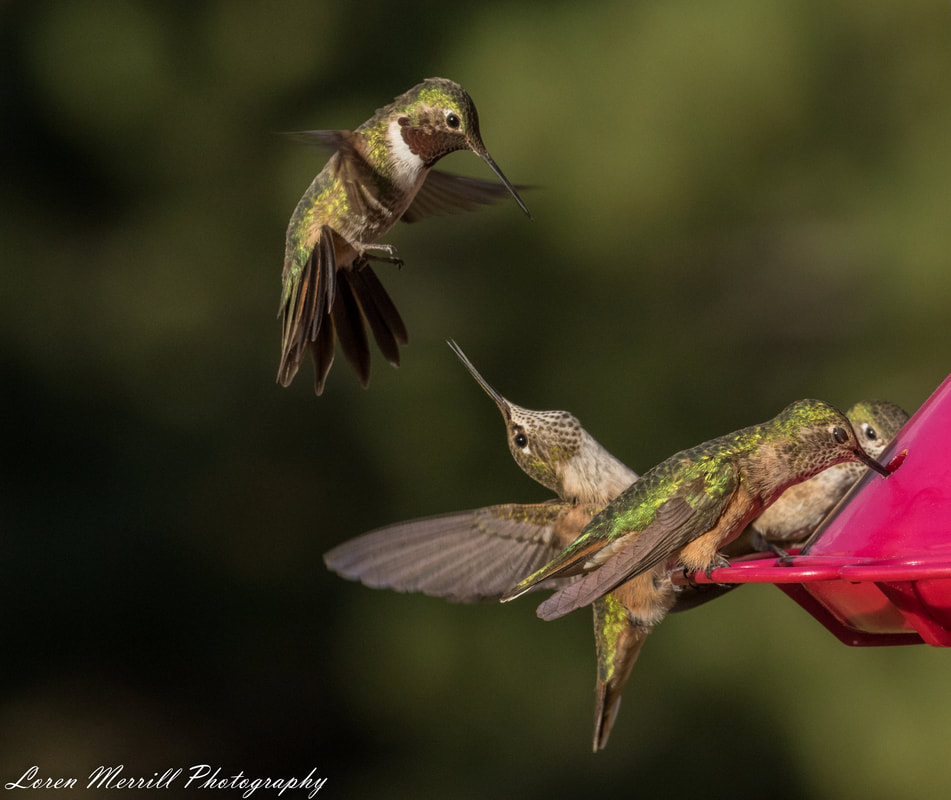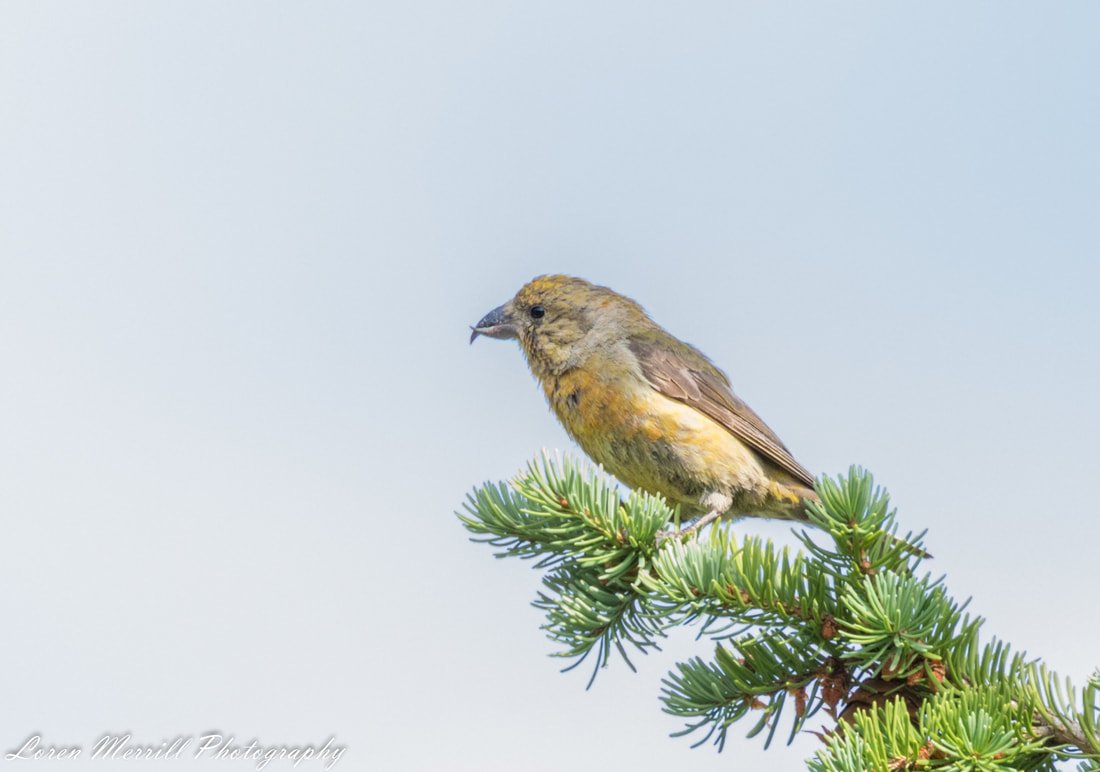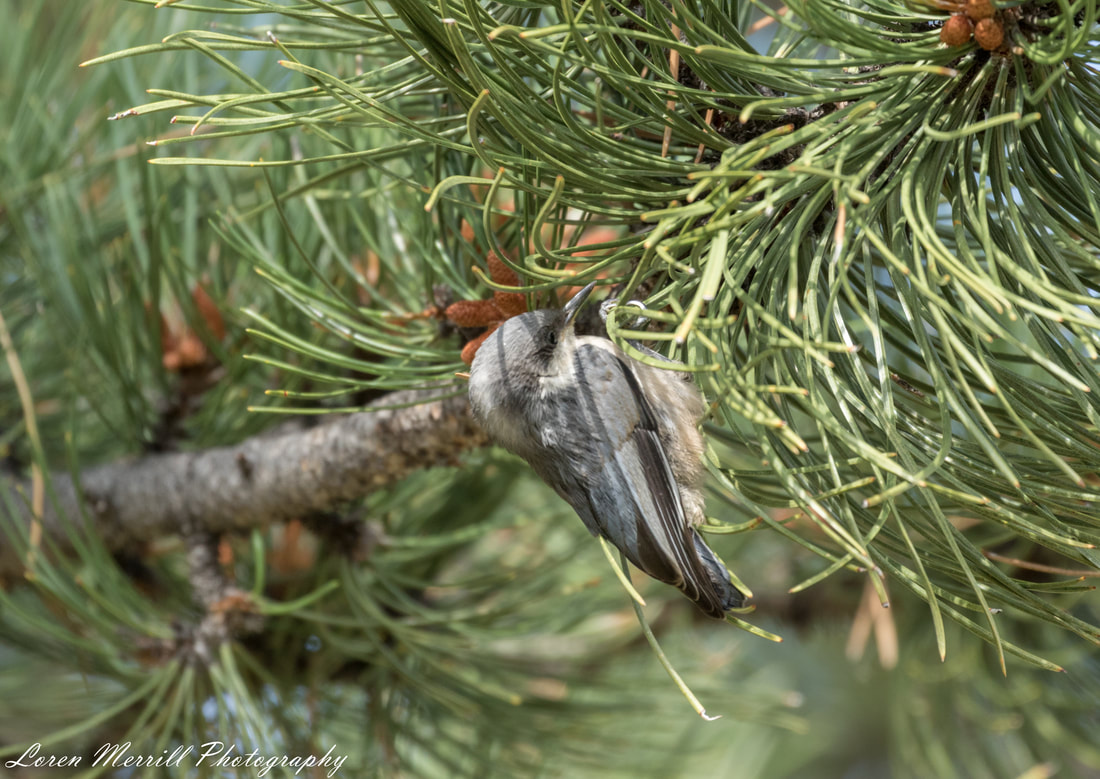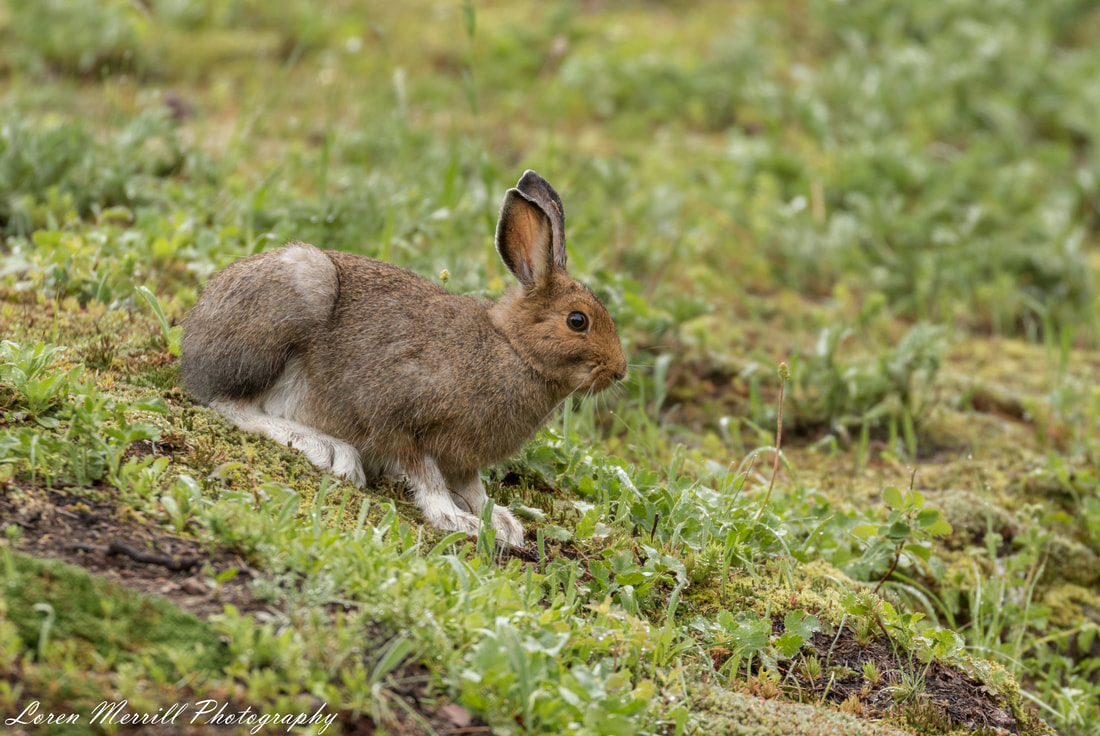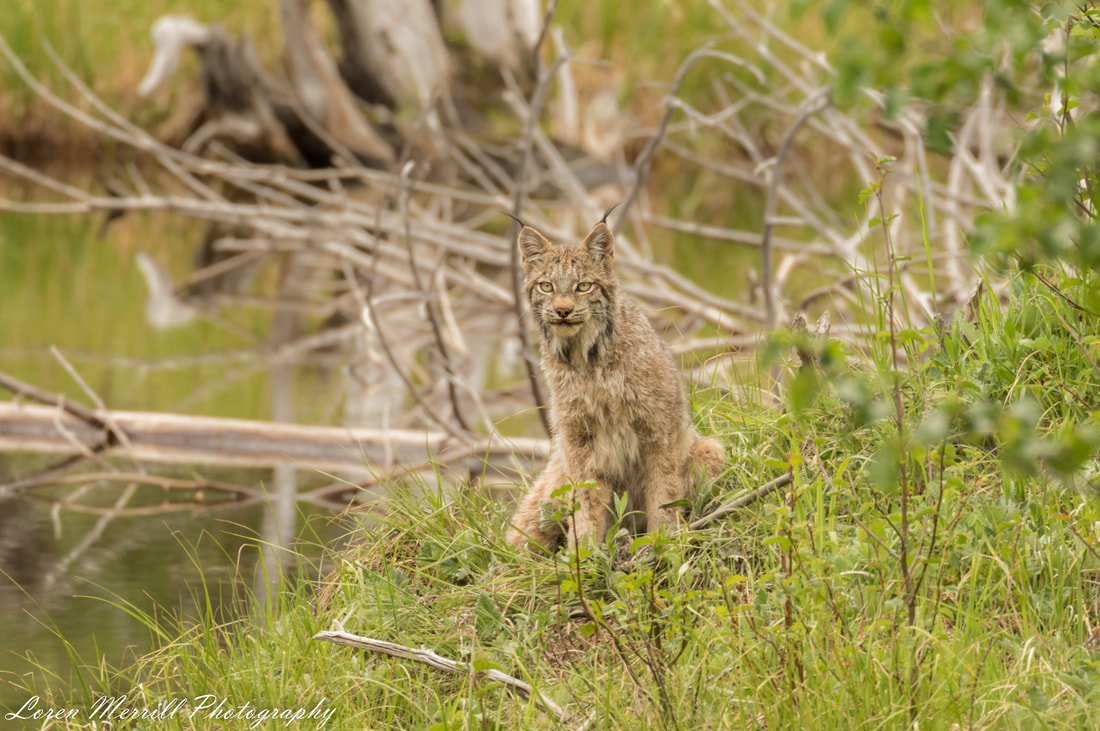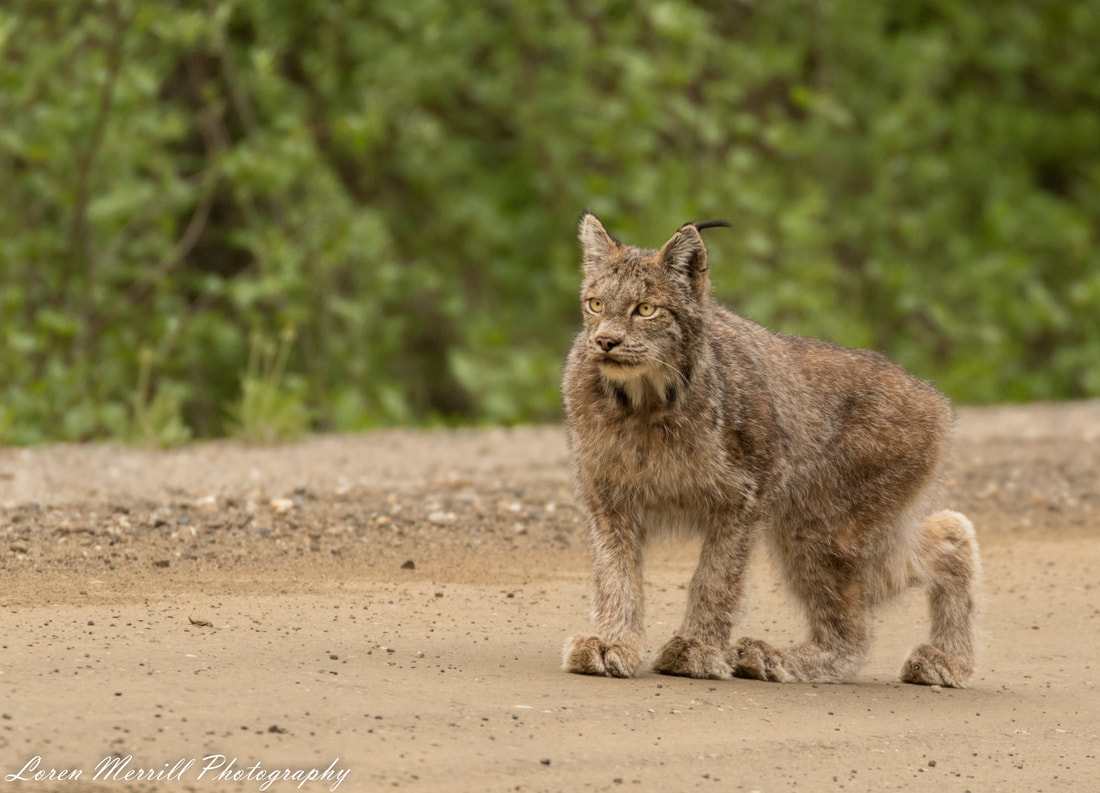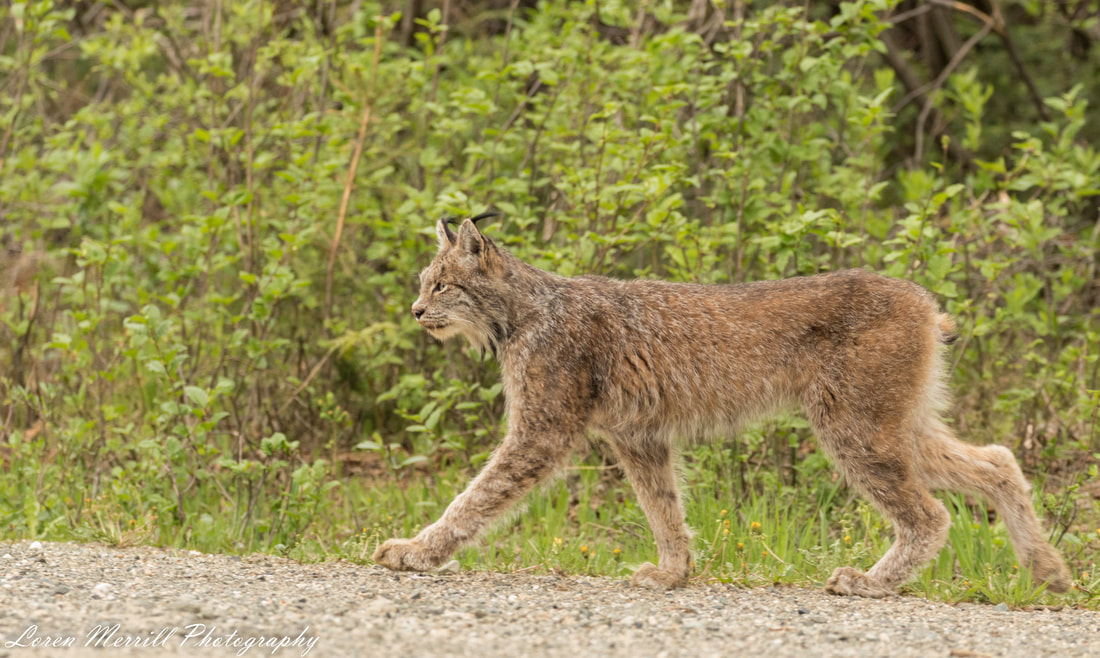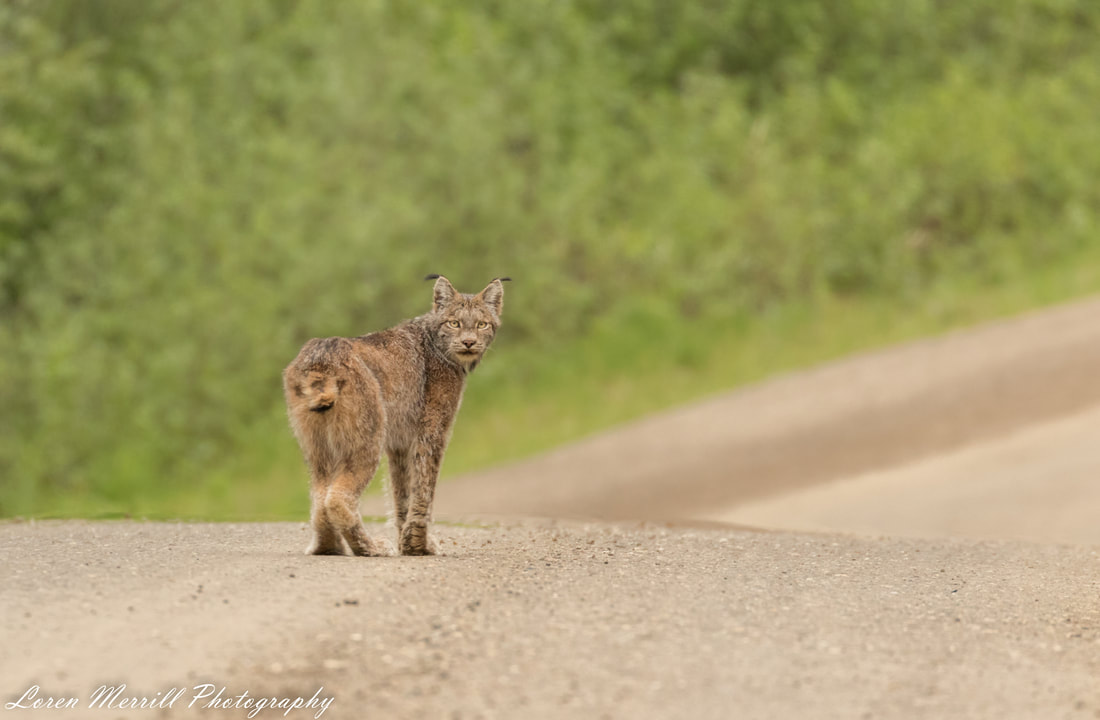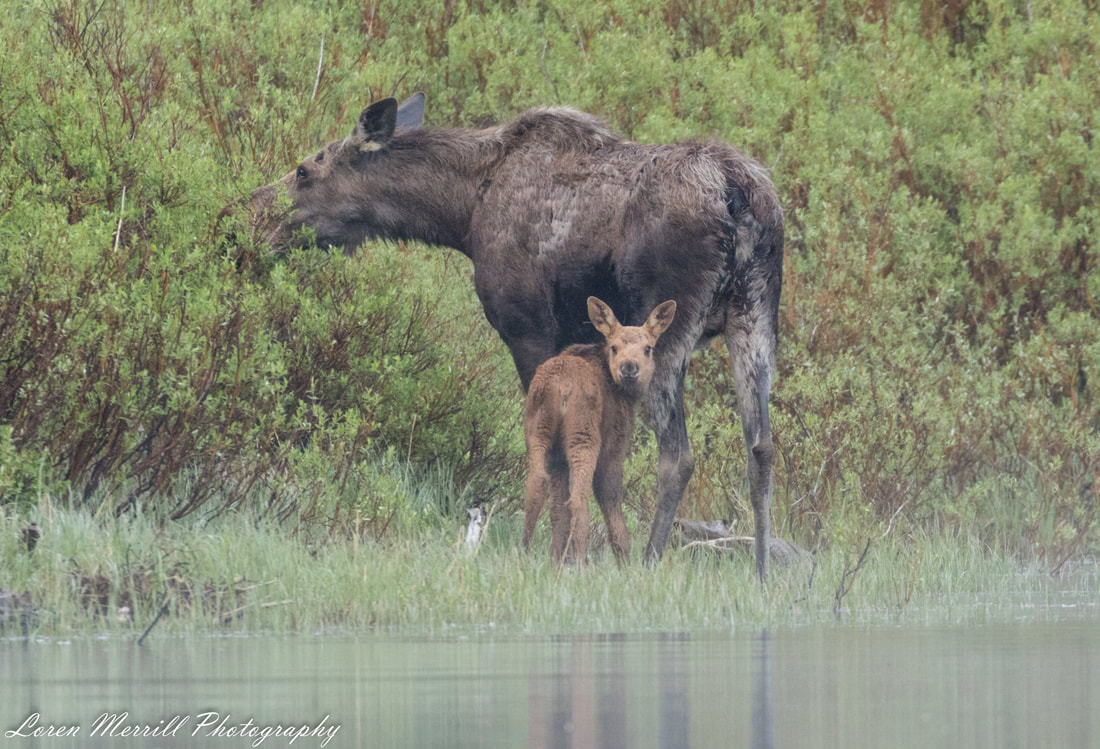|
When I was nine, I had an encounter with a moose that bordered on the fantastical. The setting for this story is Baxter State Park, located in the heart of the Maine woods, and my dad had taken me there for my first real camping trip. It was a warm, mid-August day, and we were hiking up Mt. Katahdin, which at that point was the terminus of the Appalachian Trail. We had been on the trail for maybe four hours when we rounded a corner, and there she stood; an enormous adult female moose. She turned her massive head with her elongated snout and radio-antenna ears, and gave us an appraising look. She was perhaps 30-40 feet away, but she occupied my entire field of view. I could hear people approaching from behind us on the trail, so I darted back to alert them to the moose’s presence. I then returned to my spot and watched as the moose began slowly moving towards us. I then did something that was fairly foolhardy and which could have gotten me into heap of trouble; I began slowly walking towards her. I’m not entirely sure what motivated me to approach the quarter-ton wild animal, but at the time it seemed like the logical thing to do. I was convinced that once I got to within 20 feet of her, she would amble off the path like the other moose we’d seen in the preceding days, and disappear into the understory. But that’s not how events unfolded. As the distance between us shrank, I began to realize that she wasn’t exhibiting any signs of fear or agitation, and she also wasn’t showing any signs of altering her path. When we were no more than eight feet apart, I stopped and let her close the final gap. She plodded up to me, stopped, and peered down. My mind raced—“What do I do?” I wondered to myself. “Feed her!” my brain answered. I reached down, grabbed a fistful of grass and wildflowers, and held them up to her. She leaned down to sniff the offering and I waited without breathing. In my mind, she was going to reach out, delicately grasp the bouquet from my hand, savor the wonderful selection of hand-picked greens, and we would be forever friends; a boy and his moose. She would live in our yard and I could ride her to school. It seemed inevitable. But as with so many nine-year-old’s dreams, it was not to be. After giving my would-be gift a few good sniffs, she turned away, wandered a few steps off the trail and grabbed a mouthful of pine needles. “Pine needles!?!” I thought, feeling rejected. Even at that age I knew pine needles were considerably less nutritious than what I had in my hand (although I didn’t know that moose can happily subsist on evergreen needles). I tossed my unwanted offering onto the ground and after a few final moments watching my moose-friend, we continued with our hike. For most people the experience would likely have been noteworthy, maybe even inspiring. But for me, it was transcendent. We lived in Boston at the time, right in the transition zone between the urban and suburban environments. Up to that point, my experiences with large wildlife had consisted of visits to zoos and aquaria, and watching nature shows on PBS. Of all the North American fauna, the one I developed the greatest fascination for was the moose. For some reason, moose became the embodiment of wilderness to me. And the fact that I could possibly see one in parts of New England made it all the more thrilling. When my dad announced that he and I would go on a camping trip to Baxter State Park (a well-known moose mecca), I was beside myself with excitement. For me, this was akin to traveling to the middle of the South American rainforest or the plains of Africa. What bears mentioning at this point is that I was a bit obsessed with animals. As a youngster, I eschewed traditional television shows like Sesame Street, or Mr. Roger’s Neighborhood in favor of animal-themed programming like Wild America and Nature. Most of the time I got my wildlife fix by flipping over rocks in our yard and grabbing whatever poor beetles or red-backed salamanders were residing underneath. But a trip to Baxter meant access to a whole new world, and I went with one goal: to see moose. The trip was, by every possible measure, a huge success. We saw almost a dozen moose, and in addition to the moose encounter on the Mt. Katahdin trail, I witnessed an interaction between a pair of moose calves and a white-tailed deer that also sounds made up. On our final day in the park, we did a short hike, and then decided to visit Sandy Stream Pond in the hopes of seeing a few more moose. The pond did not disappoint. A solitary moose was foraging on aquatic grass at one end of the pond, and towards the other end a mother moose grazed in the shallows while her twin calves played along the shoreline a little ways away. A huge white-tailed deer buck was also present, foraging at the pond’s edge. I was perched on a large hunk of granite that afforded me a clear view of the entire pond. The twins were the most active participants at the pond, and while the adults were all focused on the important business of eating, the young calves were focused on carousing. They chased each other in circles, kicking up their legs as though they were bucking broncos, and splashing through the shallow water with wild abandon. I don’t remember how long they danced like this, but at some point, their attention was drawn away from each other and towards the giant white-tailed deer that was still foraging about 100 feet away. The twins must have had the same thought, because they began running side-by-side towards the deer. To my surprise (and probably that of the moose calves), the deer looked up and started running towards the twins. Even though the twins were a few months old and were as large as a normal white-tail, this buck dwarfed them. He ran with his head up, holding his massive spread of antlers high. I sat glued to my rock, watching as this high-stakes game of deer-moose chicken unfolded across from me. The two parties closed on each other and at the last instant, the buck leapt over the two calves, and vanished into the woods. Yes, you read that right. He jumped clear over the moose calves. The twins meanwhile crashed into one another and collapsed in the water in a tangled mass of limbs and ears. Momma moose must have been watching, because at that point she swam over to her babies to collect them, and presumably to scold them for fraternizing with dirty* deer. They soon departed from the pond, and so did we.
(*See next week’s post for information about the parasites deer carry that can be deadly for moose.) Looking back on these experiences, I can see that they were instrumental in laying the foundation for my lifelong fascination with wildlife. All of my subsequent adventures and wildlife encounters are tied to these early memories; they are the bar against which my experiences are measured. A handful of experiences have met that bar since then, but what is striking to me is that in the past few years I’ve had a few experiences that were strongly evocative of those early encounters. Stay tuned for Part II next Tuesday to read about those encounters, and for more information about moose natural history, and the challenges moose face today.
4 Comments
Welcome back to the blog! My “brief” hiatus from posting turned into a bit of an extended hiatus, but I return with a new view out the door. Current view: scraggy Ponderosa pines, red earth, a rainbow of wildflowers, and a whirlwind of broad-tailed hummingbirds vying for turns at our feeder. This August, my wife and I relocated to the Rocky Mountains of Colorado where we are living at 9000’ elevation, near a small town called Nederland. The house looks out onto a heavily forested valley situated at the edge of the Indian Peaks Wilderness. The area is riddled with trails and should provide nearly endless opportunities for exploring- we are thrilled that we get to call this place home. One of the early surprises of living here was that our property hosts an incredibly dense population of hummingbirds, comprised mostly of broad-tailed hummingbirds. I put up a feeder a few days after we arrived, and within 15 minutes, one hummingbird had begun to use it. Five hummingbirds had found it within an hour, and we now have 30+ individuals that visit our feeder on a daily basis. We also have a few rufous hummingbirds, which are already migrating south to their wintering areas in the southern US and Mexico, and one black-chinned hummingbird. In addition to the hummingbirds, we regularly see red crossbills, Clarke’s nutcrackers, mountain and black-capped chickadees, hairy woodpeckers, northern flickers, and three nuthatch species: red-breasted, white-breasted and the adorable pygmy nuthatch, which sounds like a squeaky dog toy. But before I transition to our new view, there are a wealth of stories I want to share from our time in BC, and our trip east to Maine, beginning with an encounter with what some refer to as the ghost of the north: the Canada lynx. The lynx is well-known to ecology students as the textbook example of how tightly coupled predator-prey relationships can be. Lynx feed predominantly on snowshoe hares, whose populations undergo cyclical booms and busts. The lynx population generally mirrors that of the hare, although the magnitude of population change is often smaller for the predator than for the prey. The two animals have adaptions for living in snowy regions; both rabbit and cat have enlarged hind limbs to generate rapid acceleration, and broad feet that provide extra surface area for staying on top of the snow. The hare also has a pure-white winter coat that it sheds in the summer for a brown one, although they often retain “white socks” into the summer (it can still get cold at night after all…). Wild cats are notoriously difficult to see in their natural environment, and extended encounters with them are rare. We were thus quite surprised to come across one sauntering down a dirt road in the Bowron Lakes area of BC. We were driving to a nearby trailhead when we spotted the cat in the middle of the road about a quarter mile ahead of us. The long legs and ear tufts immediately gave the cat away as a lynx, and we watched as the gray feline nonchalantly went about its business. It glanced back at us once or twice, and then in typical cat fashion, it completely ignored us. After a few minutes, the cat disappeared into the brush. We drove towards where it had vanished and got out of the car to look around. On our left, a stream had cut an opening into the trees, with grass and willows pushing the forest back from the stream edges. As I approached the opening, I saw the lynx jump across the stream, easily clearing the 5 foot span of water. The long-legged cat made its way along the stream bank through the short grasses, and then, at the edge of a small pool, it flopped onto its side and began rolling around in the grass and dirt. The lynx engaged in this full-body scratch for a few minutes before sitting up and taking stock of its surroundings. A pickup truck drove past behind us, and the sound caught the lynx’s attention, causing it to look our way. The cat seemed to notice us for the first time, and it fixed us with a long, piercing stare, interrupted only by the licking of its lips. It didn’t appear to be concerned by our presence, just interested in sizing us up. After a few minutes of this appraisal, the lynx lost interest and went back to its business of ignoring us. It eventually rose to its feet and disappeared into the willows. My first lynx encounter had been truly extraordinary, and I was flush with excitement. I had no idea that this was merely the appetizer to the upcoming main course. The following morning, I woke at dawn, and groggily extracted myself from my sleeping bag and tent. I had decided I would do a quick drive in search of wildlife, and I headed to where we had seen the lynx the previous day. I had no luck in that direction, so I turned around and headed off the other way. After a mile or two of driving, the road took a sharp right turn. As I slowly rounded the curve, a brown shape on the far edge of the road caught my attention. I quietly pulled to a stop to take a look. A snowshoe hare in its brown summer coat and white socks was eating a dandelion along the road’s margin. These lagomorphs (rabbits) have huge eyes set back on their head to provide almost 360 degrees of vision, and large ears that they can rotate around in all directions to listen for danger. I watched for a while as the hare happily gobbled away on the invasive flowers. I glanced back up the road and only then noticed that a lynx was crouched, with its gaze fixated on the hare. The lynx was maybe 30 feet from me, and perhaps 45 feet from the hare, who had its back to the cat. Of course, with nearly 360 degree vision, it’s really difficult to sneak up on a hare. The cat crept forward in short and silent bursts, its massive hind feet and much of its tarsi remaining in contact with the ground. As the cat stealthed its way closer and closer to the hare, the intent predator never once looked my way. But then, just before the lynx could get close enough to mount a proper strike, the hare noticed the approaching threat and vanished into the brush. The lynx gave a half-hearted chase, running to the spot where the hare had disappeared and sticking its head into the vegetation for a brief moment before backing out and returning to the road. Only then did it look back towards me, staring with what felt like accusatory eyes, as if I were at fault for this failed attack. It finally turned away and strolled off down the road in search of a new breakfast. I gave the cat some time, and then I returned to camp to forage for my breakfast as well. As I ate, I appreciated the fact that a box of cereal is much easier to sneak up on than a hare. Special note: I have always been fascinated by lynx and have wanted to see one since I was a kid. This interest reached a new level, however, when this video went viral a little while back. If you want to know what sort of sounds a lynx makes, you have to watch this video. Even if you didn’t think you wanted to know what they sound like, you really do.
Next week: Of moose and Men. |
About the author:Loren grew up in the wilds of Boston, Massachusetts, and honed his natural history skills in the urban backyard. He attended Cornell University for his undergraduate degree in Natural Resources, and received his PhD in Ecology from the University of California, Santa Barbara. He has traveled extensively, and in the past few years has developed an affliction for wildlife photography. Archives:
|
